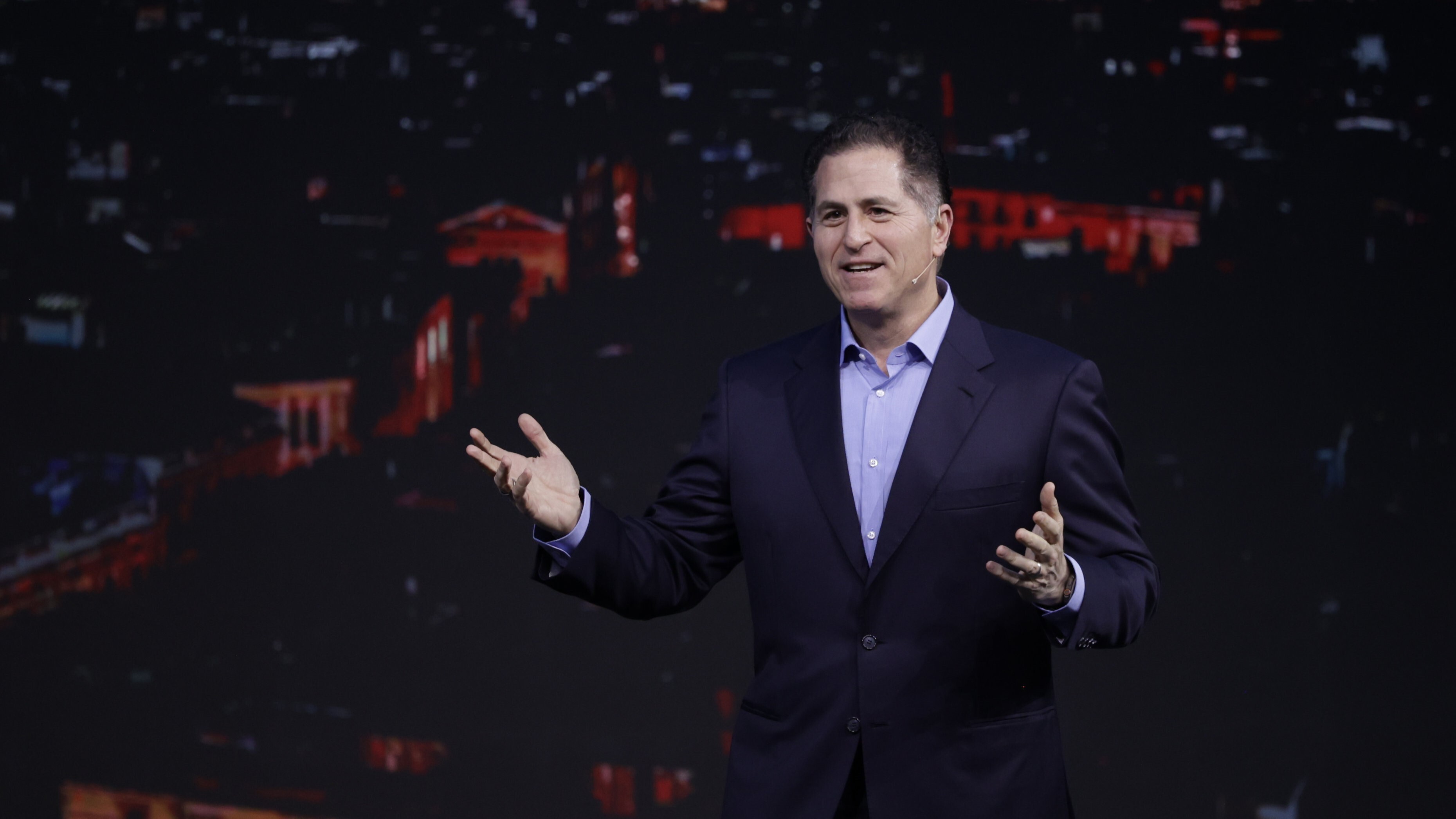Dell bets big on an AI infrastructure payoff—new four-year revenue forecast doubles prior guidance
Dell anticipates strong long-term growth as clients like xAI and CoreWeave ramp up high-performance deployments.

Dell has nearly doubled its long-term growth outlook on the back of surging demand for AI servers, raising revenue and earnings projections through its fiscal 2030 as it leans into the data center build-out.
Following an analyst meeting on October 7, the company said it now expects annual revenue growth of 7-9%, up from a prior range of 3-4%. Adjusted earnings per share are forecast to grow at least 15% annually over the same period, nearly twice the company's earlier estimate of 8%. Dell's stock rose more than 5% in morning trading following the update.
The jump reflects a sustained ramp in infrastructure sales tied to generative AI workloads. Dell said it has already shipped billions of dollars worth of AI servers and expects that figure to reach a $20 billion run-rate by 2026. Clients include major cloud service providers and specialized AI infrastructure firms such as CoreWeave and Elon Musk’s xAI, both of which are rapidly scaling up their high-performance server deployments.
The Infrastructure Solutions Group, which handles server, storage, and networking products, is now expected to grow 11-14% annually, compared to a prior range of 6-8%, arguably one of the clearest signs so far that Dell’s role in the hardware supply chain is only going to grow, at least as long as training and inference demand continues to outpace supply.
While the company builds and sells complete systems, its ability to source high-end Nvidia accelerators remains a gating factor, particularly for its AI-optimized PowerEdge line. Ultimately, the biggest bottleneck isn’t Dell’s manufacturing footprint, but access to GPU volume in a supply chain still dominated by hyperscalers.
The client PC business remains a part of the company’s long-term plan, but the new forecasts suggest that AI infrastructure is now the company’s main focus. The PC market has yet to fully recover from its post-pandemic hangover, but Dell has pointed to a refresh cycle driven in part by Windows 10’s end-of-support date on October 14 — one week from now — as one reason for optimism. Even so, the company only projects a compound annual growth rate of 1% for its client PCs, and it thinks the best opportunity for continued growth is in commercial systems, not the broader consumer market.
Dell also reiterated its guidance for the current quarter and full year, and committed to raising its dividend by at least 10% annually through fiscal 2030. Still, some financial analysts have flagged margin risk as AI server competition intensifies. Higher build costs and component prices could squeeze profitability, even as top-line growth accelerates. For Dell, the concern will be not selling hardware but whether it can protect its earnings power in a market where hyperscalers are calling the shots.
Get Tom's Hardware's best news and in-depth reviews, straight to your inbox.
Follow Tom's Hardware on Google News, or add us as a preferred source, to get our up-to-date news, analysis, and reviews in your feeds. Make sure to click the Follow button!

Luke James is a freelance writer and journalist. Although his background is in legal, he has a personal interest in all things tech, especially hardware and microelectronics, and anything regulatory.